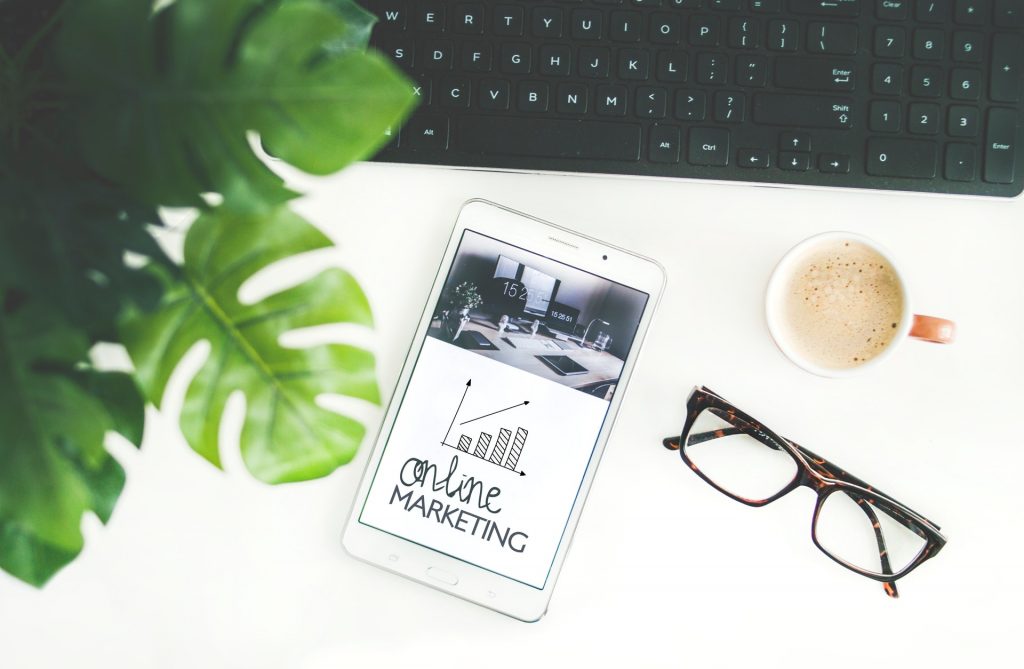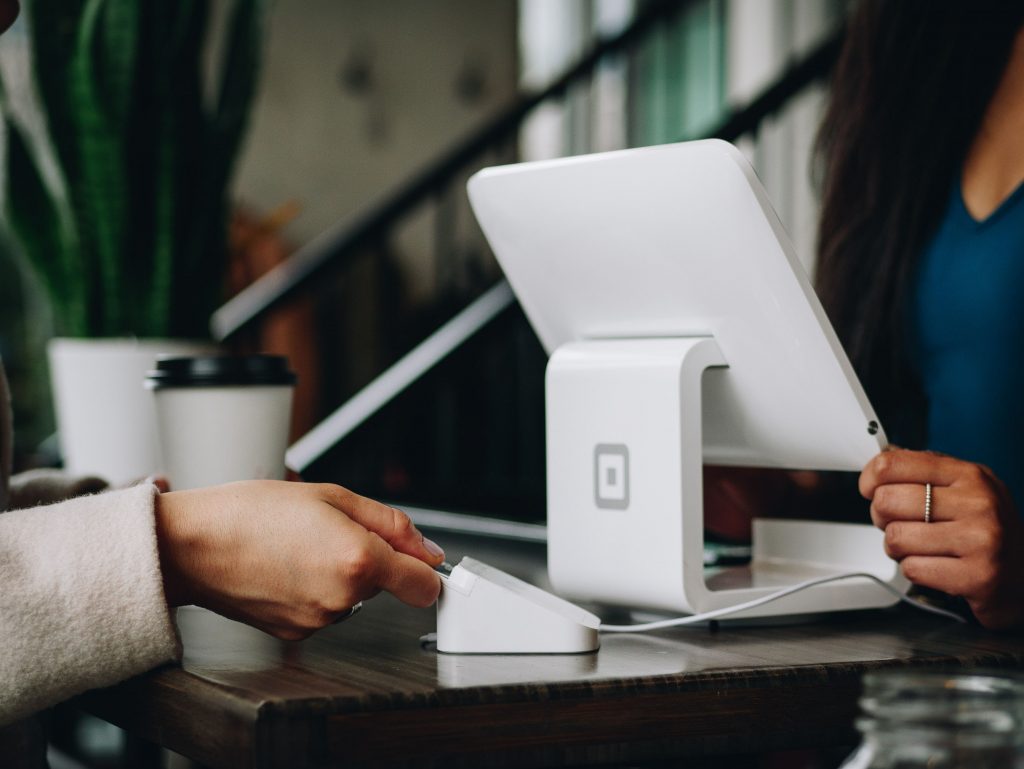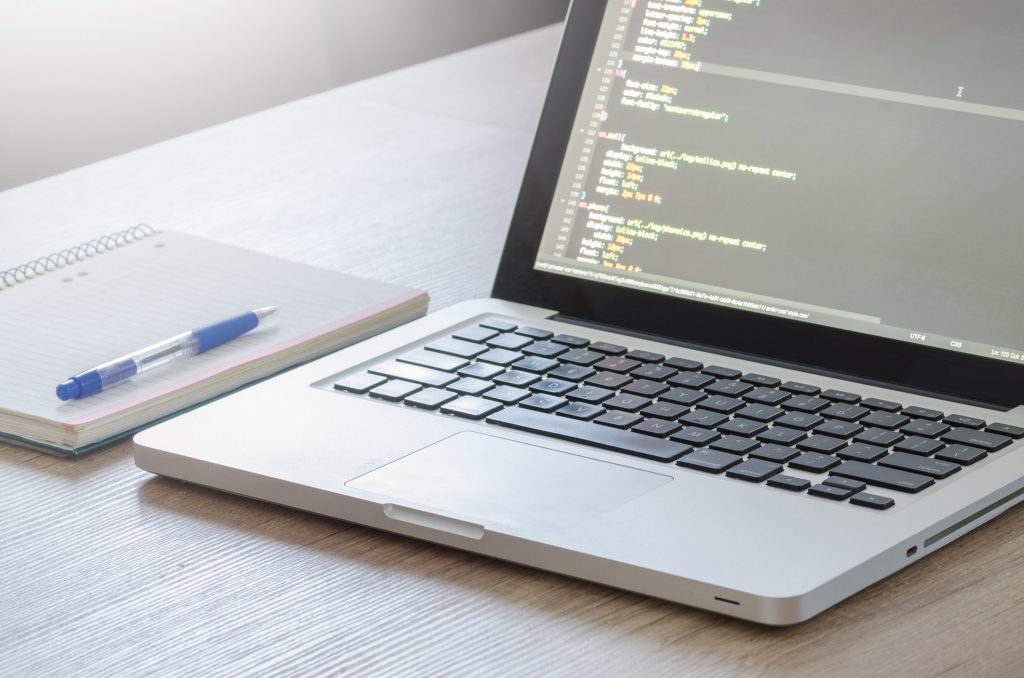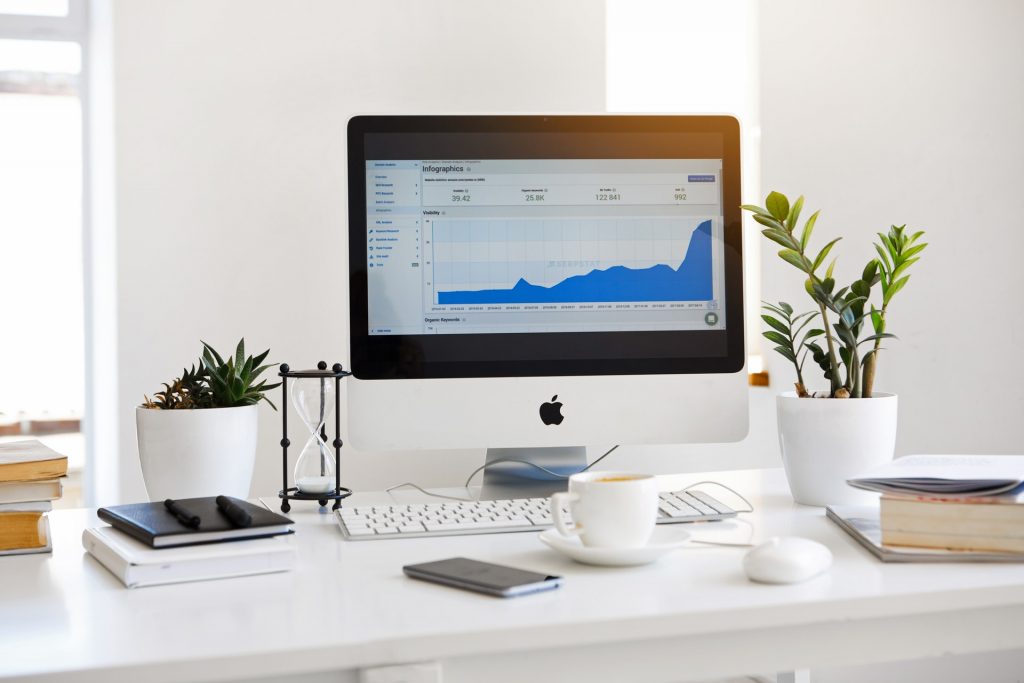
Real Estate Is Investment You Won’t Regret – it Is For Everyone Who Sells and Buys
Real estate is a term used to describe the process of buying of a property, building a house or a building in it, and selling it at a higher price to another. Real estate is very popular in the US, and a few millionaires made their money through this. Real estate means the whole process of buying land, selling land, and building on the land. Real estate has gained a lot of importance because people are very interested in buying new land, building a house on it, and selling it at a higher rate to someone else. In certain countries, you can obtain residency or citizenship by investment, after buying real estate in the required conditions.
If you are in the business of real estate you must know that you need specific measures to promote your business. It is a crowded market so you need to make sure that you reach to the right people. T some point you will need to promote your business or site at relevant platforms. Here you can take the help of professionals to aid you.
There are different kinds of real estate. Let’s take a look at them
Residential real estate

The residential estate is one in which the property is solely used for residential purposes, these buildings are built keeping in mind for a single family, or the families can live together in an owned property but live in different flats, or they can be built to accommodate only one family. It depends on the wish of the client. Residential real estate helps in getting the people with money their ideal place to live in.
Commercial real estate
Another kind of real estate is the commercial estate this includes shopping malls, hospitals, educational center, hotels, and even apartment buildings can be called commercial real estate’s because they generate income. The commercial estate is the estate which is used to generate income, and people who own these properties are either millionaires or billionaires. Those who are interested in this trade set to gain a lot of money through these estates. It’s to be mentioned that commercial estate also benefits those who have a share in the building.
Industrial real estate
The industrial real estate includes property that deals with manufacturing; it also includes warehouse any property used for the distribution of goods is known as an industrial estate. These estates are generally very big, and they generate a lot of money. These kinds of estate are generally used for the distribution of goods, research, and production. Industrial real estate could be owned by a single person or by multi persons.
Land
The land is a great asset. If someone decides to buy land, they are investing in the right place because the value of land increases every year. Land can essentially mean just vacant land or ranches and working farms. It’s the best asset to own. Barren land or ranches, they generate a lot of income. A real estate developer would always advise his clients to buy land over anything else.
What the agents do
The real estate agents are those who specialize in real estate they are the ones who advise businesses, homeowners and investors on what to buy when to buy and when to sell they know the market flow so well that they know who stands to lose and who stands to gain. To know more about optimizing your real estate site you can check Clicks Geek. There are two types of real estate agents –
Sellers
The seller agents are those agents who will help buyers buy their best property, these sellers have contacts, and through their contacts, they help the buyer buy their best deal, although going through an agent will cost you a few, but you’ll get the best deal. Seller agents will help renovate your homes so they are perfect for the customers and you get a well round check for your property. Seller agents compare your property through the comparative listing of recently sold, also known as comps, the agents are skilled in negotiation too so they can help you sell the place at the best rates.
Buyers
The buyer agents are skilled in helping you buy the properties at the best prices. Knowing the competitive markets, these agents are skilled at getting you a place of your dream with a price to match. They are avid negotiators too so they can help you get the best deals. They will assist you with everything in the buying process from the legal procedures to the inspection. Although you might have to spend a few dollars to pay them, you get the best-priced home because they have done their research and they compare the prices of the different houses you’re willing to buy.
How to invest in real estate
Real estate is a growing industry, and anyone who is either selling or buying property is directly or indirectly associated with real estate. If you are an investor, you’ll want to invest in real estate because it helps you earn a fortune. If with the help of an agent or your research you will know the prices of the properties, they can be industrial property, commercial or residential property the goal is to gain, therefore investing in the right property is important.
Many realtors became successful millionaires through real estate. It is a known the fact that barren land will cost less than a residential property and the residential property will cost less than commercial property and so on so forth. So if you don’t have big bucks then investing in the barren land is advisable, and the land will cost more within a year or two, and you can sell the property then and buy a residential property. So knowing when and where to invest is very important.
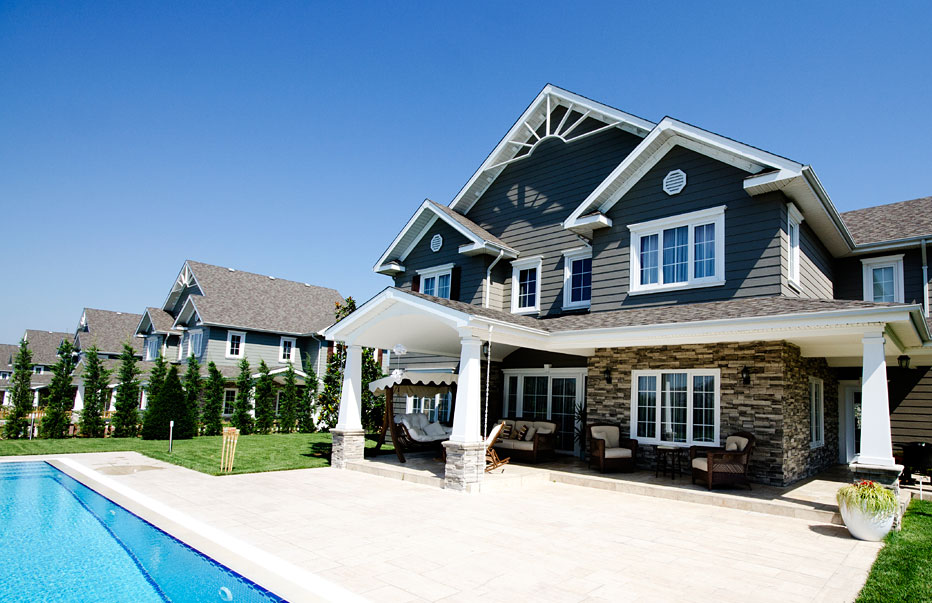
Briefly
Therefore real estate agents or realtors stand to gain a lot from real estate because they’re aware of the fluctuating market they know when and where to invest and help others too in the process for a few bucks’ .therefore realtors have become millionaires and billionaires and the US market gains a lot from real estate.
Finally
Finally, it is to be seen that the US economy stands to gain a lot from the real estate. As shown in some studies, they profit a lot from real estates, and the real estate companies are flourishing.



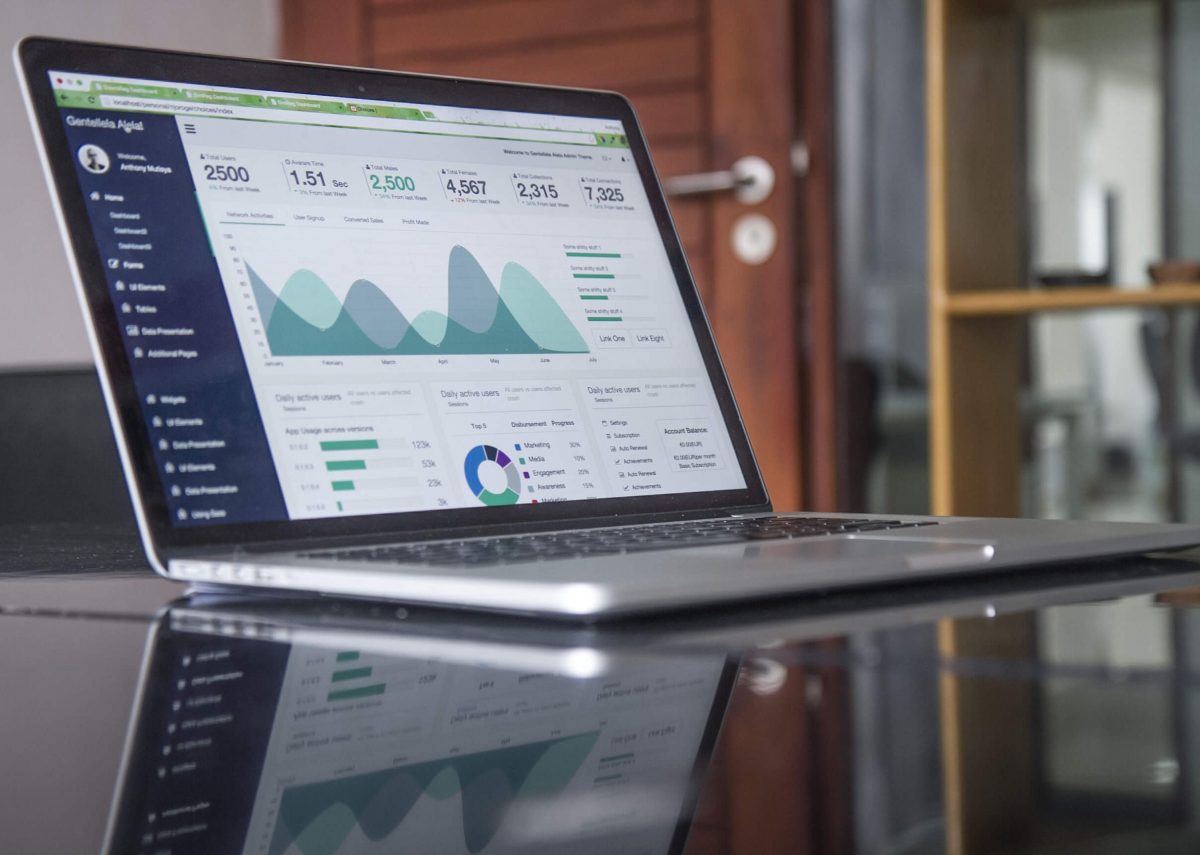



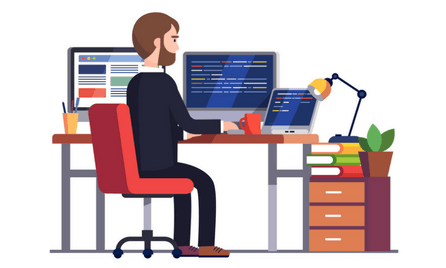

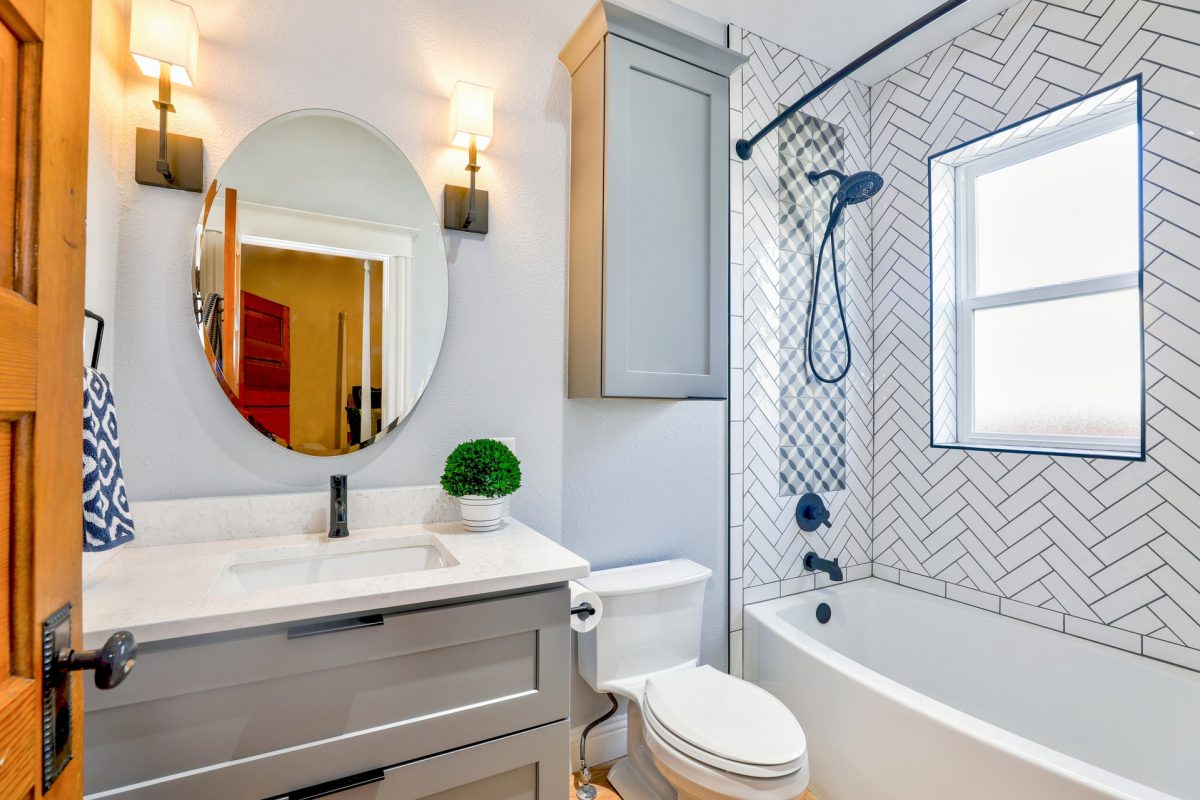
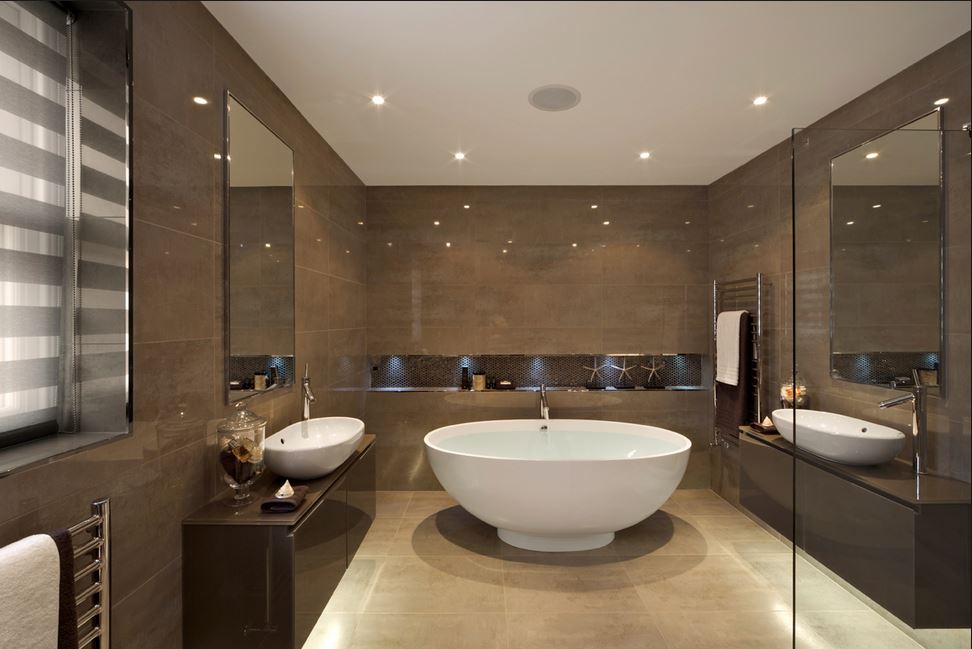
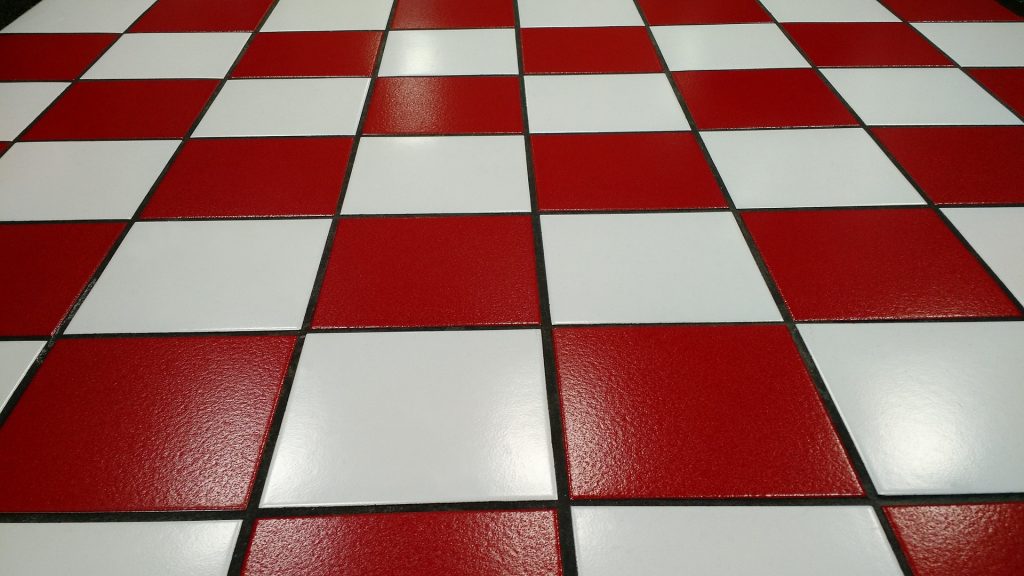





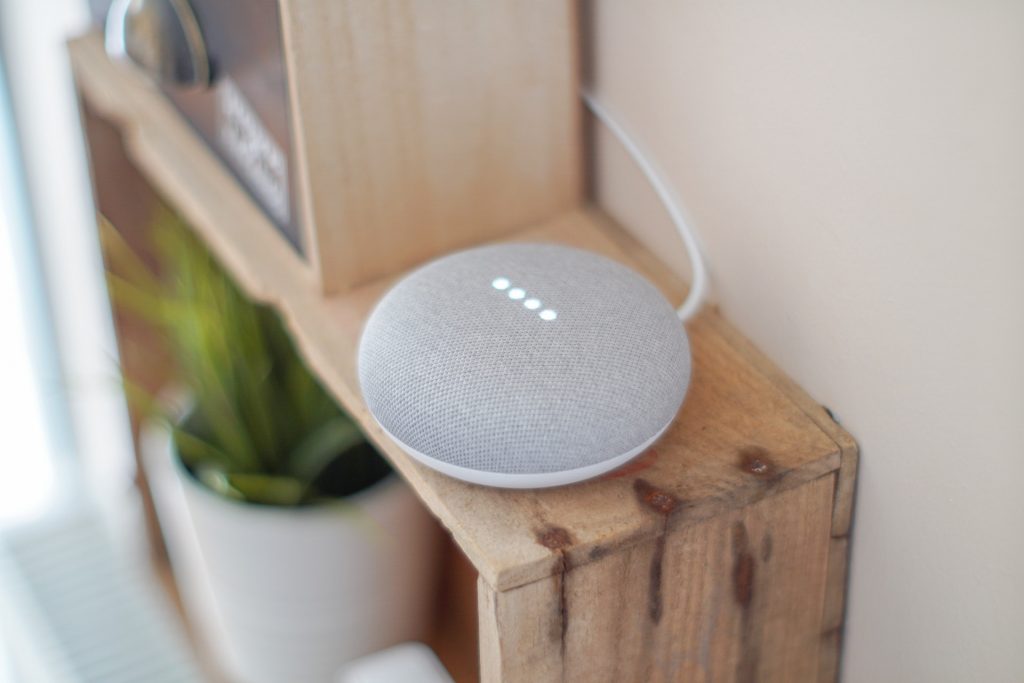

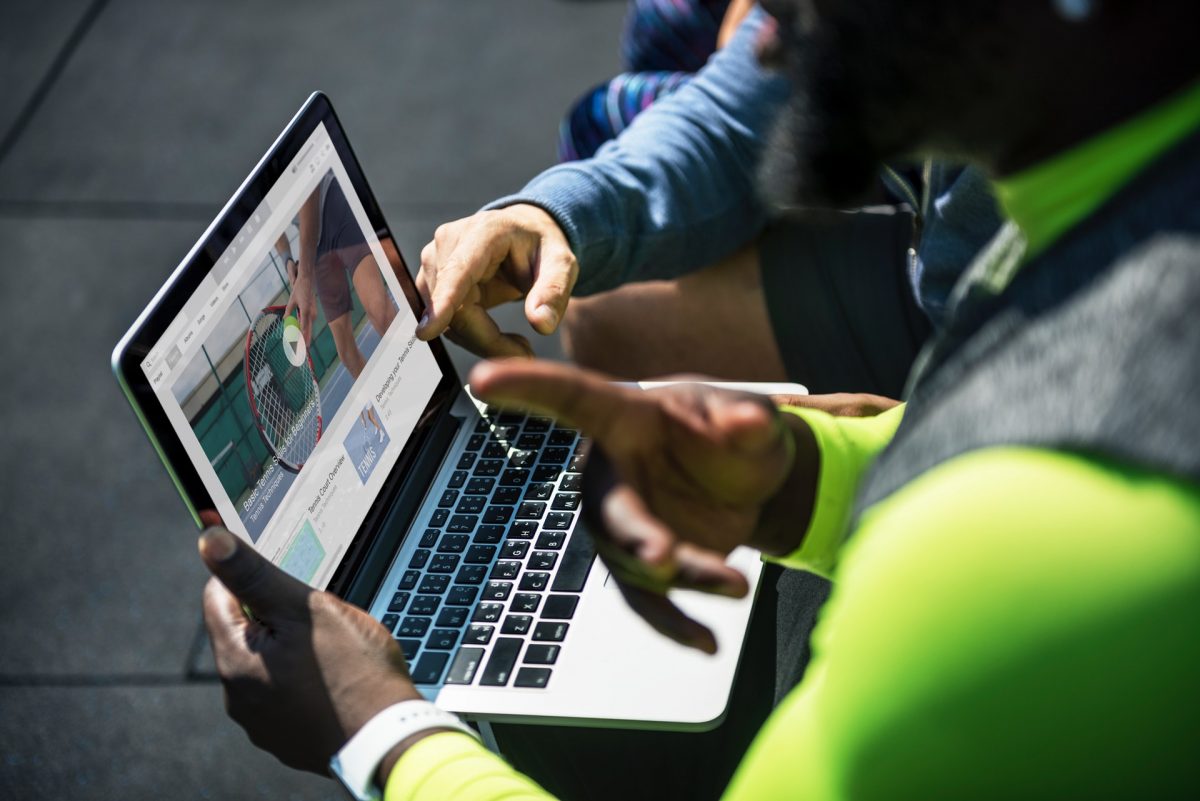
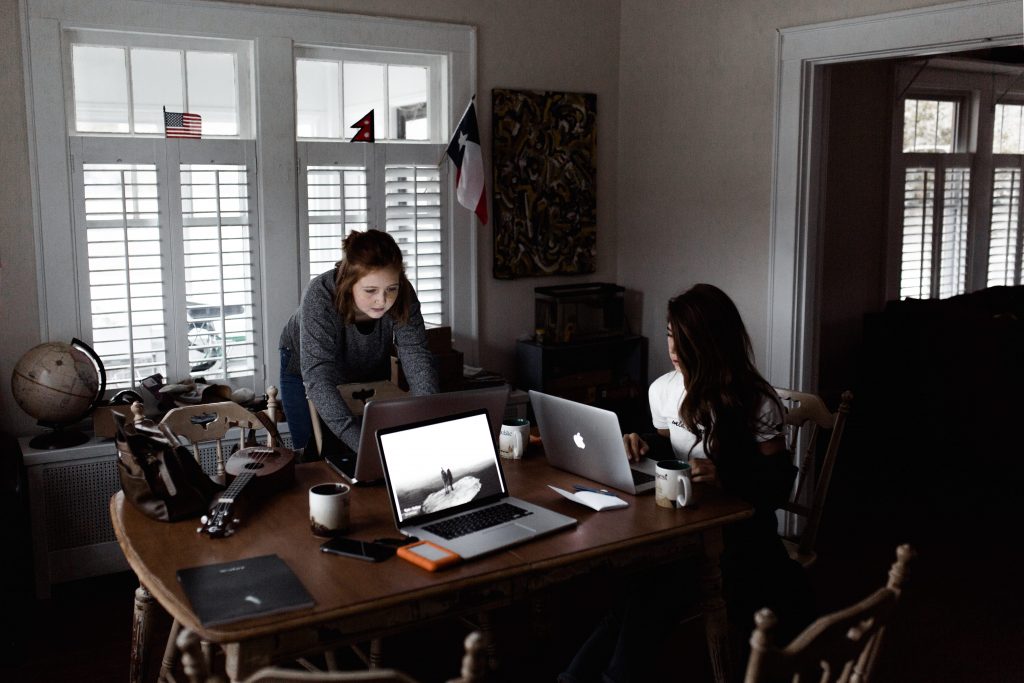 It is important to get professional help when you want to make high-quality marketing videos. To know more on this, you can get in touch with
It is important to get professional help when you want to make high-quality marketing videos. To know more on this, you can get in touch with 